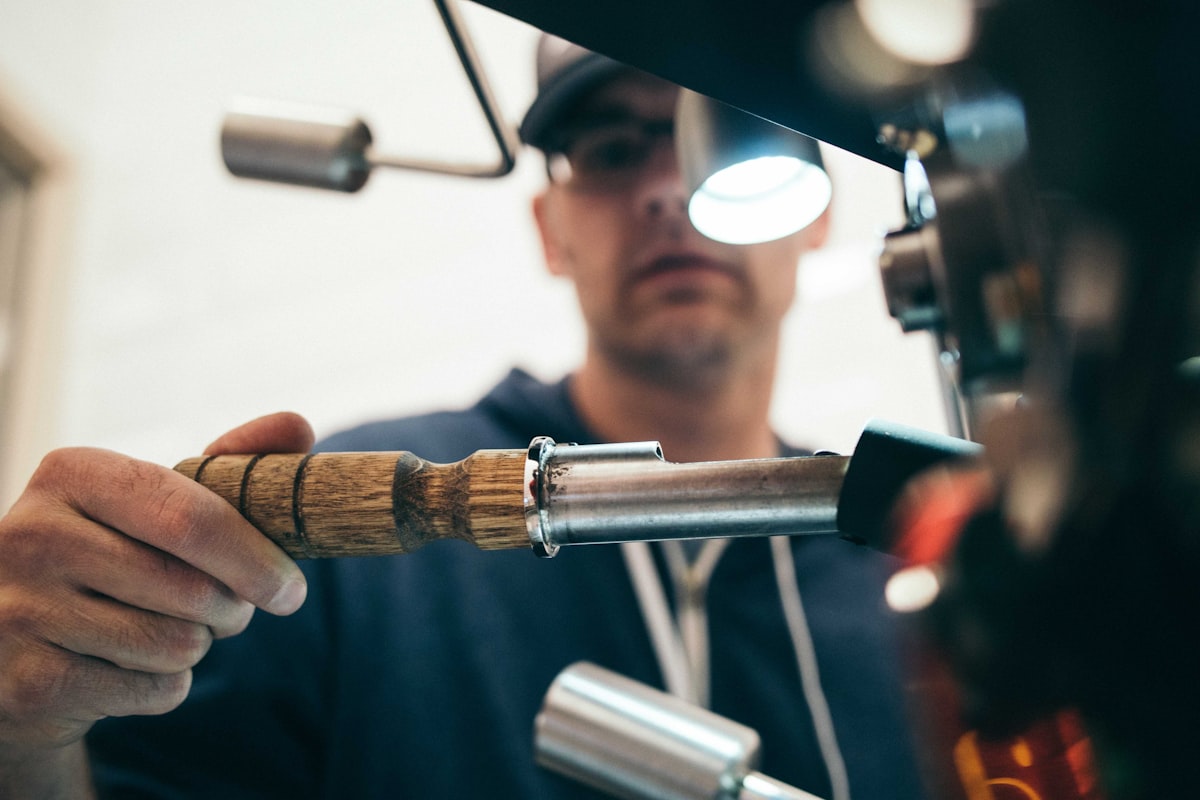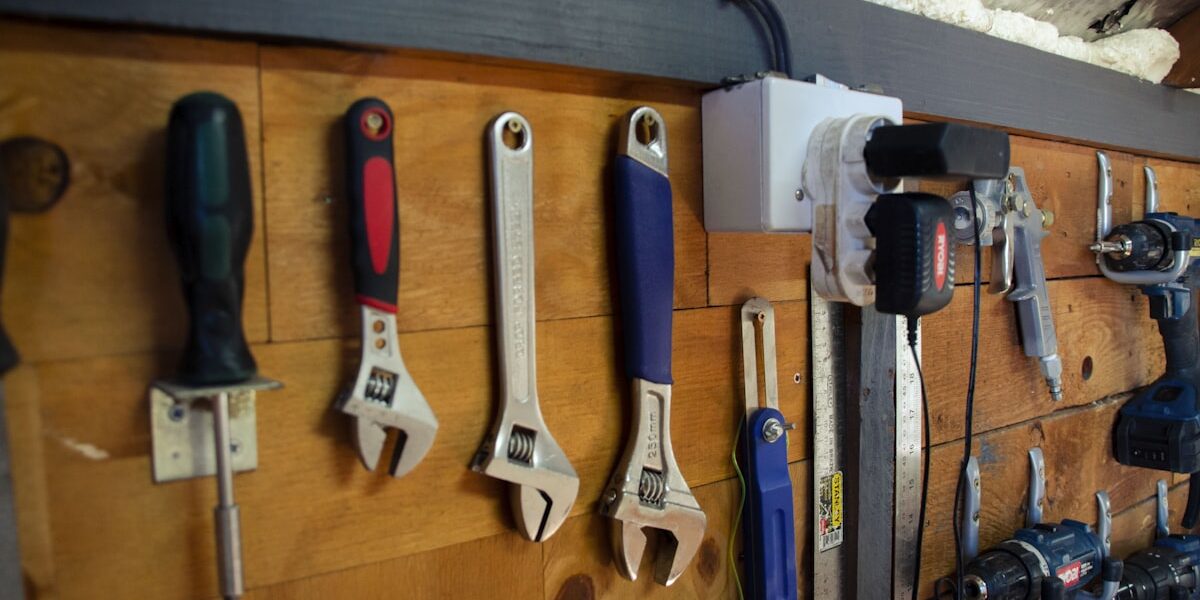Furniture Wax
Furniture Wax: Understanding and Applying It
Furniture wax is a versatile product. It’s used to enhance the look and feel of wooden surfaces. It provides a sheen, protects against moisture, and can even cover small scratches. Knowing how to choose and apply furniture wax can make a significant difference in maintaining your wooden furniture.
What is Furniture Wax?
Furniture wax is a blend of natural or synthetic waxes. Common types include beeswax, carnauba wax, and paraffin wax. Often, oil is added to the wax blend. This combination helps in easy application and better penetration into the wood. Wax forms a thin protective layer on the surface of the wood. This layer adds shine and shields the wood from minor damage.

Types of Furniture Wax
- Beeswax: Natural and soft, beeswax is easy to apply. It offers a warm finish that enhances the wood’s natural beauty.
- Carnauba Wax: Derived from the leaves of the carnauba palm, this wax is harder and provides a more durable shine. It’s mixed with other waxes to make it easier to use.
- Paraffin Wax: A petroleum-based wax, it is often found in commercial furniture waxes. Paraffin provides a consistent, clear finish.
- Blended Waxes: Many furniture waxes combine different types of wax. This blend achieves the ideal balance between ease of use and durability.
Benefits of Using Furniture Wax
Applying wax to furniture offers several advantages. It enhances the wood’s natural appearance. The wax adds a glossy or matte finish, depending on the product used. It protects against moisture. Wax creates a barrier that reduces the risk of water damage. It covers minor scratches and imperfections. Wax can fill small scratches, making them less visible. It is relatively easy to apply and maintain. Compared to other finishes, waxing is a simple process that doesn’t require extensive preparation or tools.
How to Apply Furniture Wax
Applying furniture wax is straightforward. Here are the essential steps:
- Clean the surface: Ensure the wood is free from dust and dirt. Use a damp cloth and let the surface dry completely.
- Choose the right wax: Select a wax that suits your furniture and desired finish.
- Apply the wax: Use a soft cloth or sponge. Work in small sections. Apply a thin, even layer of wax in a circular motion.
- Let it dry: Allow the wax to dry. This usually takes around 20-30 minutes.
- Buff the surface: Once dry, buff the waxed surface with a clean cloth. This will create a smooth, shiny finish.
- Repeat if necessary: For added protection, apply a second layer. Ensure the first layer is fully dry before reapplying.
Common Mistakes to Avoid
- Applying too much wax: A thick layer doesn’t mean better protection. Excess wax can become sticky and attract dust.
- Skipping surface preparation: Always clean the wood beforehand. Waxing over dirt can trap particles, leading to an uneven finish.
- Not buffing properly: Buffing is crucial. It ensures a smooth, attractive finish and avoids any tacky residue.
Choosing the Right Furniture Wax
The type of wood and the desired finish dictate the choice of wax. For antique furniture, beeswax is often recommended. It provides a gentle shine and protects delicate surfaces. For modern pieces, a harder wax like carnauba may be better. It offers a more durable finish. Consider the color of the wax as well. Clear waxes enhance the natural color of the wood. Colored waxes can add depth and richness to lighter woods.

Maintaining Waxed Furniture
Maintaining waxed furniture is simple. Regular dusting with a soft cloth keeps the surface clean. Reapply wax periodically to maintain protection and shine. For high-use surfaces, waxing every six months is ideal. Low-use items can be waxed once a year.
Furniture Wax vs. Other Finishes
Furniture wax is often compared to other finishes like varnish or oil. Each has its unique benefits. Wax is relatively easy to apply and repair. It offers a natural look and feel but isn’t as durable as varnish. Varnish provides a hard, protective coating that resists scratches and water damage. However, it can be more challenging to apply and repair. Oil finishes penetrate the wood, enhancing its natural beauty while offering some protection. They require more regular reapplication compared to wax.
Historical Context of Furniture Wax
The use of wax in furniture preservation dates back centuries. In ancient times, beeswax was the primary choice for wood protection. It was valued for its natural properties and ease of application. The Renaissance period saw the introduction of carnauba wax in Europe. It offered a harder, more durable finish than beeswax. Today, both natural and synthetic waxes are used, each serving different needs and preferences.
Environmental Impact of Furniture Wax
Natural waxes like beeswax and carnauba wax are renewable resources. They have a lower environmental impact compared to synthetic waxes. Beeswax is harvested sustainably from beehives. Carnauba wax is obtained from the leaves of the carnauba palm without harming the tree. Synthetic waxes like paraffin are petroleum-based and have a higher environmental footprint. When choosing a furniture wax, consider its environmental impact and opt for eco-friendly options when possible.
DIY Furniture Wax Recipes
For those who prefer a hands-on approach, making your own furniture wax is an option. Here’s a simple recipe:
- Grate 1 part beeswax and place it in a double boiler.
- Heat gently until the wax melts.
- Add 2 parts mineral oil or olive oil to the melted wax.
- Stir until the mixture is fully combined.
- Pour the wax into a container and let it cool before use.
This homemade wax is natural and free from harsh chemicals. It offers the same benefits as commercial products and can be customized with essential oils for a pleasant scent.
Furniture Waxing Tips and Tricks
- Test first: Always test the wax on an inconspicuous area to ensure it doesn’t alter the wood’s color in an undesirable way.
- Use proper ventilation: If using a wax with strong fumes, work in a well-ventilated area or wear a mask.
- Store properly: Keep wax in a cool, dry place to prevent it from melting or drying out.
- Combine with oils: For added nourishment, mix wax with oils like linseed or tung oil before application.
Furniture Wax Brands to Consider
There are numerous brands on the market. Paste wax, tried and true, is widely praised for its ease of use and excellent results. It provides a classic finish for various wood types. Briwax is another popular option, offering a range of colors and a smooth application. Minwax offers affordable and reliable products, suitable for both DIY enthusiasts and professionals. For those seeking eco-friendly options, The Real Milk Paint Co. offers natural waxes free from synthetic chemicals.
Myths and Misconceptions about Furniture Wax
Several misconceptions exist about using furniture wax. Some believe it’s outdated or less effective than modern finishes. In truth, wax offers a unique set of benefits that modern finishes can’t match. It’s also thought that wax will yellow over time. High-quality waxes are made to resist yellowing, ensuring the wood retains its natural color. Another myth is that wax is difficult to apply. With proper technique, waxing furniture is straightforward and rewarding.
Final Thoughts on Furniture Wax
Furniture wax is a valuable tool in wood care and maintenance. Proper application and regular upkeep can keep wooden furniture looking its best for years. Whether you’re dealing with antiques or modern pieces, understanding the types and benefits of furniture wax can greatly enhance the longevity and beauty of your furniture.



Subscribe for Updates
Get the latest articles delivered to your inbox.
We respect your privacy. Unsubscribe anytime.